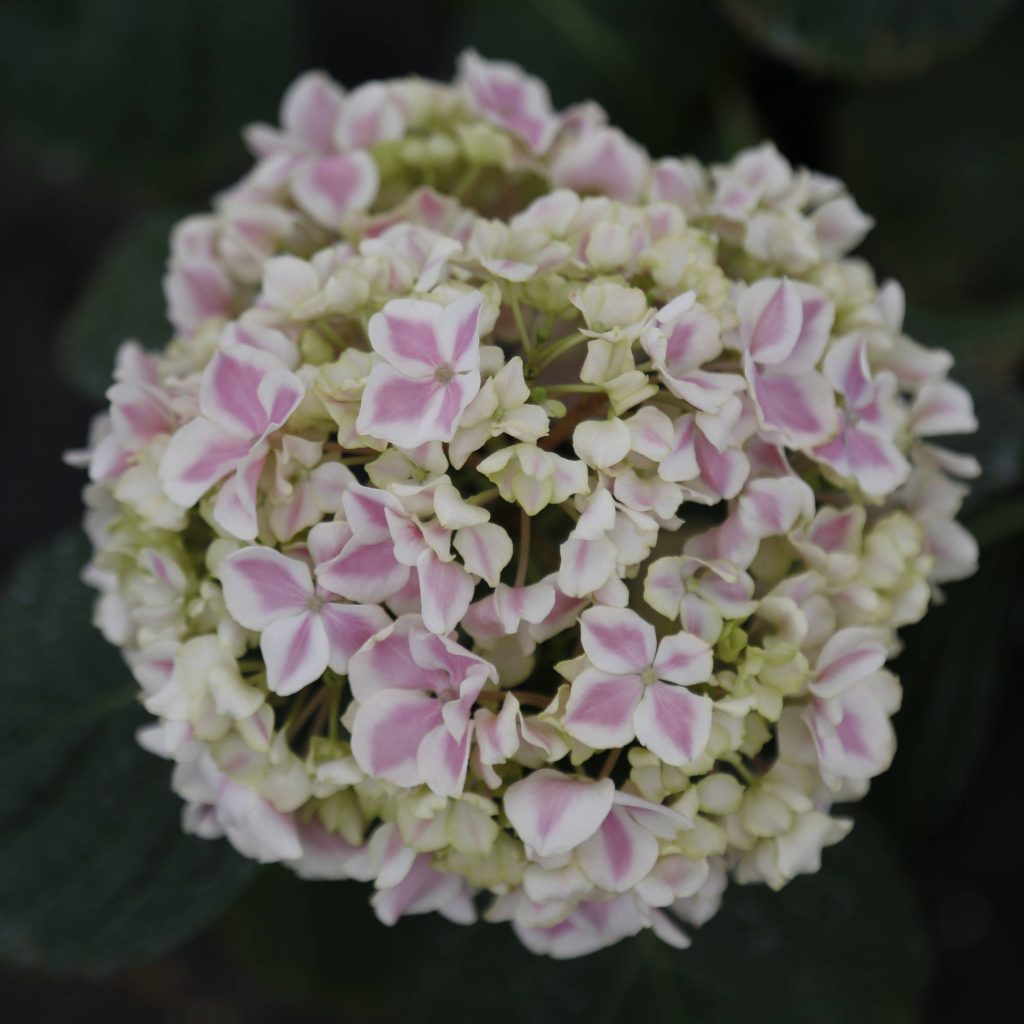Hydrangea macrophylla, commonly known as bigleaf hydrangea, is a popular flowering shrub adored for its stunning blooms and lush foliage. One common question among gardening enthusiasts is whether this beautiful plant can thrive in different soil types. In this article, we will explore the versatility of Hydrangea macrophylla and the suitable soil conditions for its successful growth.

Understanding Soil Requirements:
Adaptable and Versatile:
Hydrangea macrophylla showcases remarkable adaptability, boasting the ability to grow in a wide range of soil types. However, understanding the specific soil requirements will help in optimizing its growth and ensuring vibrant, healthy plants.
Soil Types and Hydrangea macrophylla:
Neutral to Slightly Acidic Soil:
Bigleaf hydrangeas generally thrive in neutral to slightly acidic soil conditions, with a pH range between 5.2 and 6.2. This pH range allows the plant to absorb essential nutrients efficiently, promoting robust growth and vibrant bloom colors.
Aluminum Availability:
The availability of aluminum in the soil plays a significant role in determining the color of the hydrangea blooms. In acidic soils with lower pH levels, aluminum is more accessible, leading to blue or purple blooms. In neutral or slightly alkaline soils, aluminum availability decreases, resulting in pink or red-colored blossoms. By adjusting the soil pH, gardeners can manipulate the bloom colors of their Hydrangea macrophylla.

Soil Preparation and Maintenance:
Proper Drainage:
While Hydrangea macrophylla is adaptable to various soil types, it thrives in well-draining soil. Sandy loam or loamy soil provides excellent drainage, preventing waterlogged conditions that can lead to root rot. Adding organic matter, such as compost or well-rotted manure, aids in improving soil structure, enhancing drainage, and promoting overall plant health.
Irrigation and Mulching:
Establishing a regular irrigation routine is crucial for the success of Hydrangea macrophylla. Deep and thorough watering, allowing the soil to dry slightly between waterings, ensures healthy root development. Mulching the base of the plant with organic materials, like wood chips or shredded leaves, helps retain moisture and regulate soil temperature, safeguarding the plant from extremes.
In conclusion, Hydrangea macrophylla is a versatile and adaptable shrub capable of thriving in various soil types. While neutral to slightly acidic soil conditions are ideal, gardeners can manipulate the bloom colors by adjusting the soil pH. Adequate soil drainage, proper irrigation, and regular mulching contribute to the overall health and vigor of the plant. By understanding the specific soil requirements, gardeners can cultivate thriving Hydrangea macrophylla plants, enjoying their spectacular blossoms for years to come.
As we conclude our guide on growing Hydrangea macrophylla in various soil types, we invite you to further explore the vibrant world of horticulture with us. We are a professional exporter of floral nurseries, boasting our own cultivation bases and dedicated teams. We assure you of the highest quality products and exceptional export service quality. We encourage you to click here and visit our website to discover how our expertise can meet your horticultural needs and enhance the beauty of your green spaces. Experience the difference that professionalism and quality can bring to your gardening endeavors with us today!

